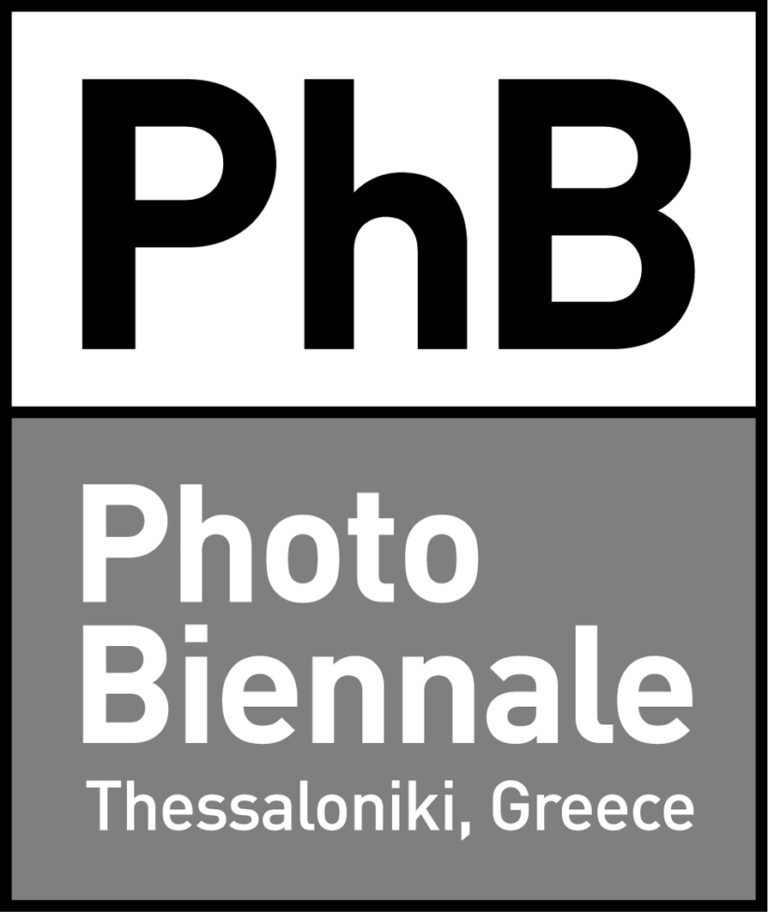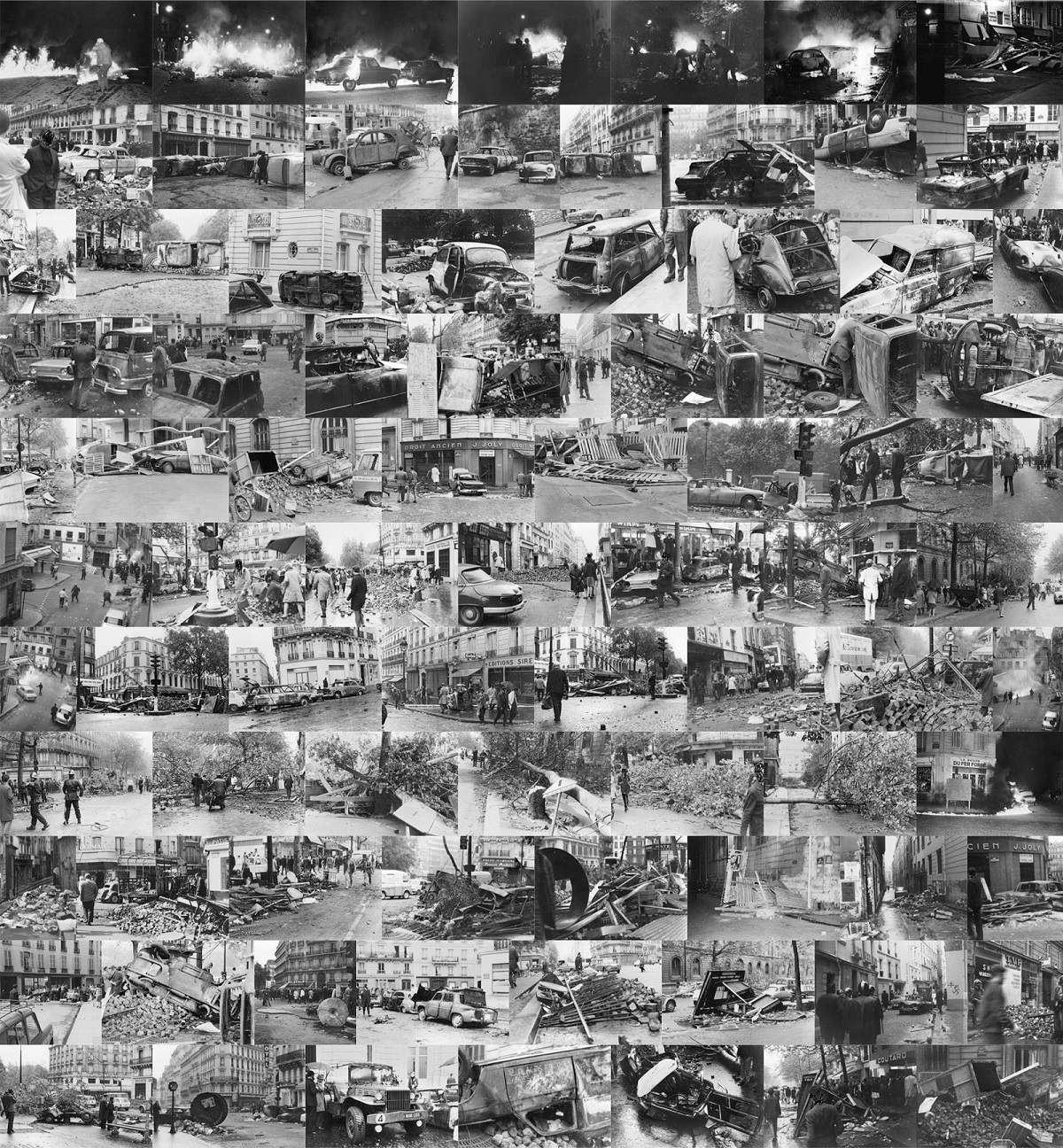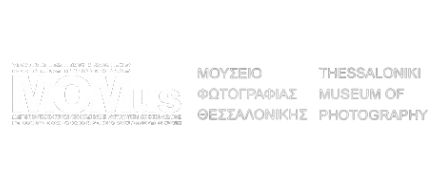The term ‘Barrikadenwetter’ (barricade weather) was coined by the anarchist Mikhail Bakunin: it denotes the moment of transition, as a revolutionary subject emerges in collective action, and reifies itself as an obstruction that stands in the way of the state forces of established order. As a former artillery officer, he knew in the revolutionary year of 1839, when he was tactically preparing the defence of Dresden against the onslaught of the Prussian army, alongside his bourgeois comrades-in-arms, the composer Wagner and the architect Semper, that the heroic phase of barricade building was long over. Mobile artillery had put an end to its former efficacy.
Conversely, however, Bakunin saw the metaphorical power that still resided in barricade-building, because it remained a dramatic sign of mass uprising and collective unity that instilled respect in the ruling class. In a tone of irony, he therefore suggested to his comrades that the famous Madonna painting by Raphael in Dresden be placed on the walls of the fortifications, since the classically educated Prussians were hardly likely to vandalise the most sublime art treasures of Western culture.
This project lays out an iconography of the barricade, which compares three different image acts of looking at the revolt in Paris in May 1968. While the left side shows the perspective of the rioters themselves, the deictic act of the press unfolds on the curtain in the middle, and surveillance by the state power on the right side. Although the imagery of this triptych has the same subject matter, protestors, the media and the police pursue their observations for different purposes and in their own characteristic way.
In the pictures of the insurgents, the actors are apparent as the general revolutionary collective, whose members faces have been wisely made unrecognisable. In the mediatisation through photojournalism, they are recorded narratively, and moralised as individuals exposed to violence or perpetrating violence. In the view of the authorities, they are legal persons who are monitored under the aspect of securing evidence and identification, so that delinquency and property offences become visually verifiable in order to enforce the law.
–W.S., Venice June 19, 2023



